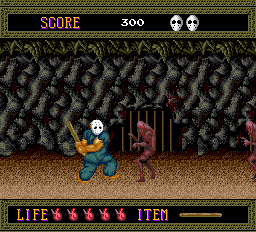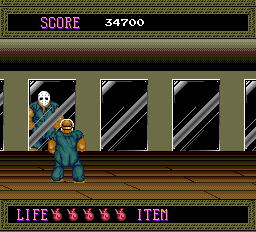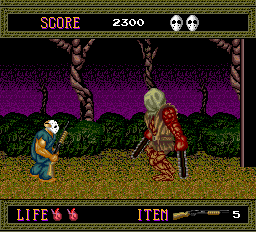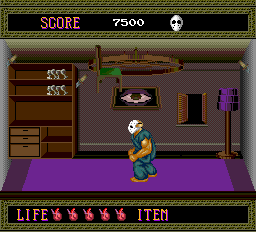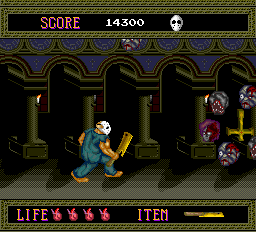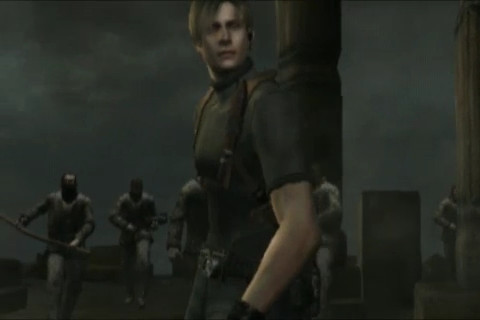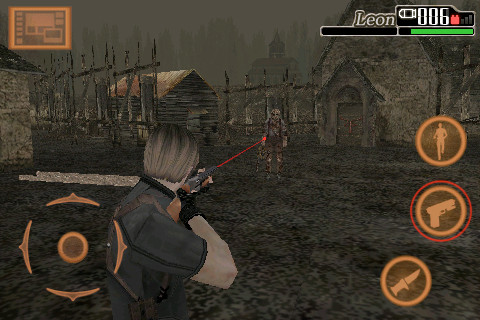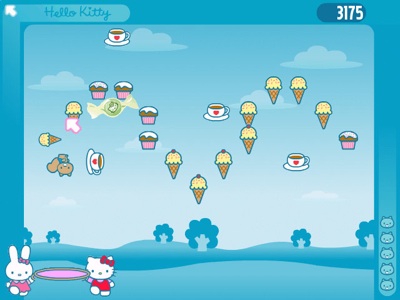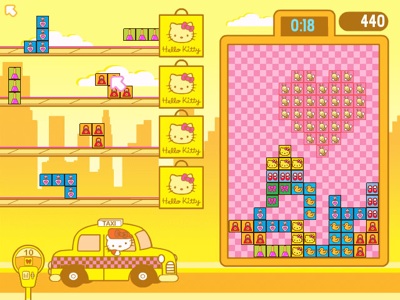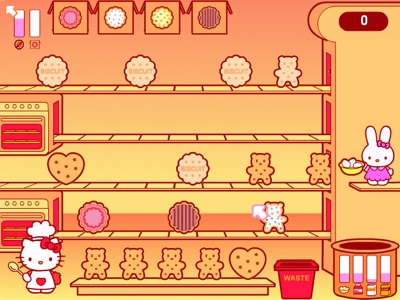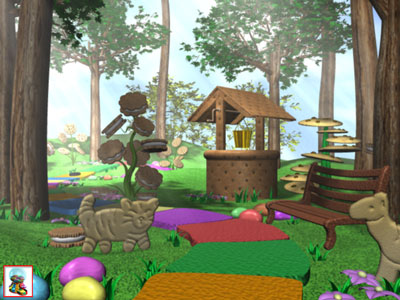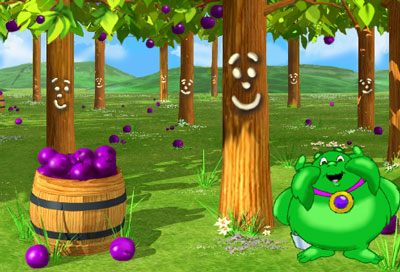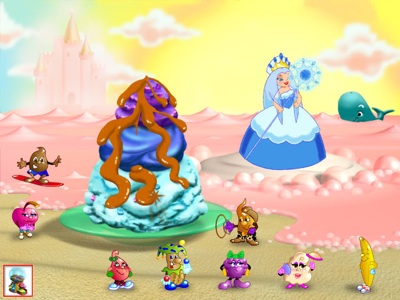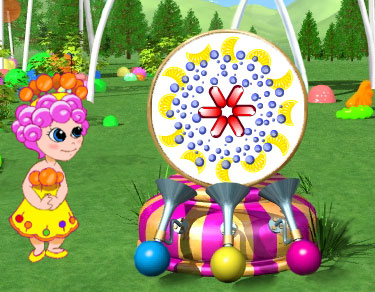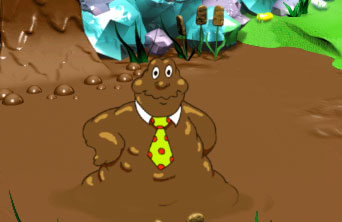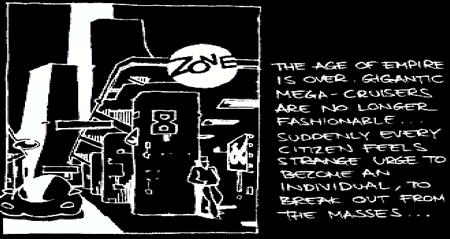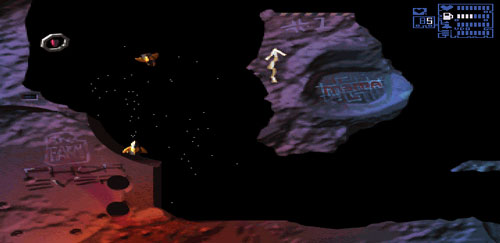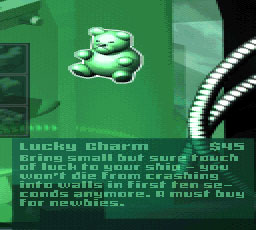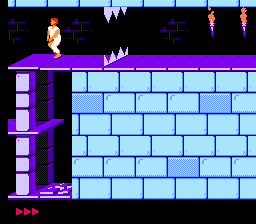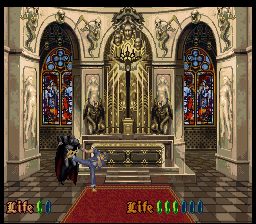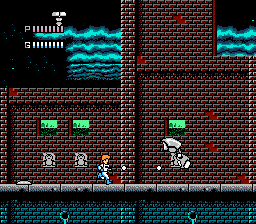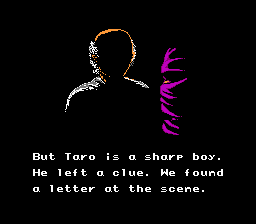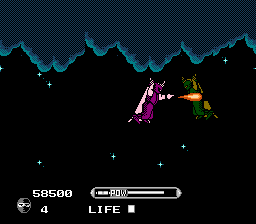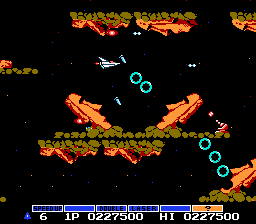Captain Novolin was a notorious SNES title about a diabetic superhero who fought off sugary snacks. If Seanbaby’s review of the game is to be believed, that’s about all there was to this (probably) well-meaning game that only wanted to educate children about certain health problems but has nonetheless gone down in video game history as a silly joke.
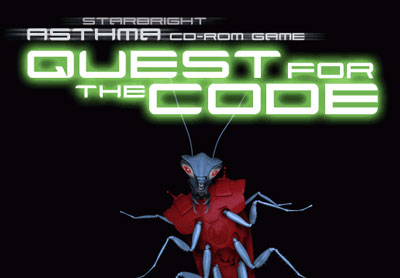
On that note, I present Starbright’s Quest for the Code, a star-studded video game assembled to teach kids about asthma. Actually, the game isn’t geared towards kids in general but rather is targeted specifically towards kids suffering from asthma. I have no idea if this game was ever marketed or intended to turn any kind of profit. The still shrink-wrapped copy I procured for a dollar in a spent shop stipulated that it was not to be sold but should be freely given to an asthmatic child.

Here’s the story: Diane Sawyer — lending her newscasting talent to this charitable cause — breaks a story about a giant machine that has just landed in town and is threatening to release all manner of asthma triggers. The machine is run by one Mucus Airgon, someone who apparently really has it in for asthmatics and has a gang of 7 henchvillains creatively named “The Evil Seven”. So you know that 7 levels are going to be involved somehow. I should clarify at this point that the main thrust of the game is to educate asthmatic children how to live with asthma and that it does not have to be debilitating. It seems that Airgon’s grand plan is simply to demoralize asthmatic children. The gap between that and the “Profit!!” step remains a smidge hazy but I’m certain I have seen stranger premises in other games during this Gaming Pathology project.
The title of the game refers to the acquisition of 7 pieces of a code which will be used to destroy Airgon’s asthma-triggering machine. Or some such.
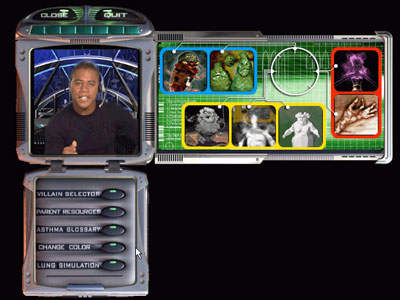
Cuba Gooding, Jr. plays the guide, Cyrus and shows up, Matrix-style (as in, he mysteriously contacts you through your computer). He leads you first through a lung simulator to teach you how the human respiratory system operates and how asthma and its triggers act upon the system. I had a sinking feeling about the game play aspect of the proceedings as soon as I saw the first activity — cleaning up snot in the nose.
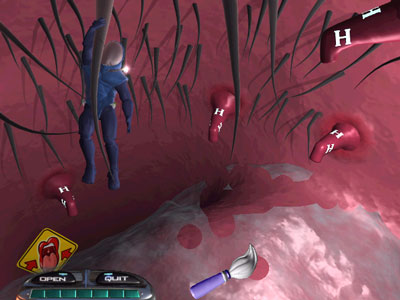
Now, I’ve put up with a lot of outlandishly silly game play concepts for this blog (measuring and cutting drapes continues to stand out in my mind). But how creatively bankrupt does your premise need to be before cleaning up snot becomes a viable game play mechanic?
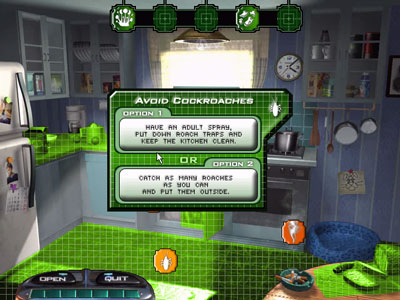
I hate to dwell too much on this point since this is most likely a kind-hearted charity effort. The game has 3 main types of game play, at least during the levels that I played, and not counting the cursory snot cleanup. The first type involves the player dragging different types of asthma triggers over areas of a room where that type of trigger can occur. The game then challenges the player about a good course of action for mitigating that trigger. This is seen above. The second type of game play, encountered after the player has finished auditing a room, is a simple point and click pixel hunt to determine the location of a member of the Evil Seven. After locating the dreaded villain, there is a trivia round where the player must answer a number of asthma-related trivia questions correctly in order to clear the level.
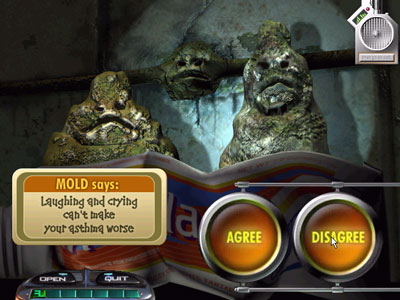
There is at least one other type of game play on offer– after clearing the first 2 levels, the player gets to shoot mucus in an Asteroids clone. There is likely to be another minigame after the next 4 villains, based on the way the villains are grouped in the stage select screen.

As mentioned, a lot of famous people lent their voice talent to their game. Here’s the full list:
- Cuba Gooding, Jr. as your guide, Cyrus
- Diane Sawyer as “The Newscaster”
- Kelsey Grammer as Mucus Airgon, leader of the Evil Seven
- General H. Norman Schwarzkoff as Robo-Roach
- Whoopi Goldberg as Moldy
- Funkmaster Flex as Mold Mob game announcer
- Jeff Goldblum as Alex Dander
- Shaquille O’Neal as The Fuminator
- Glenn Close as Chalktisha
- Gwyneth Paltrow as Perfuma
- Minnie Driver as Smokita
I would enjoy learning more about how this game was produced. The credits are quite extensive and a lot of work and talent went into it. Maybe one day I’ll put together a highlight reel of some of the villains from this largely Smacker-based game.
See Also:
- Starbright Asthma CD-ROM Game: Quest for the Code at the Internet Archive
